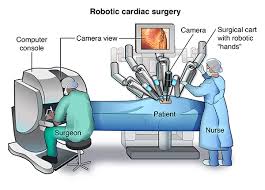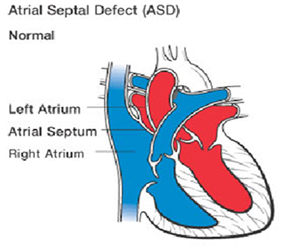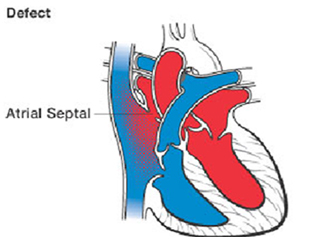Heart bypass surgery also called as coronary bypass surgery is done when coronary arteries in our heart are blocked or damaged. Coronary artery plays a vital role in supply of oxygenated blood to heart muscles, if blocked may result into restriction of blood supply flow and may lead to heart failure.
Heart Bypass surgery is commonly performed heart surgery in India which improves the blood flow to the heart with a new route or “bypass” around a section of clogged or diseased artery.
CABG (Coronary artery bypass graft)
Coronary artery bypass graft is most commonly performed and successful surgery for patients who have severe coronary heart disease (CHD). During this surgery, a vein or artery from another part of the body such as leg, arm, chest or abdomen is used to create a new path for blood to flow to the heart, bypassing the blocked artery. It restores and improves the pumping ability and blood flow to the heart muscle and thus prevents from heart attacks.
When it is recommended ?
Presence and severity of CHD symptomsSevere chest pain caused by narrowing of several of the arteries that supply your heart muscle, leaving the muscle receiving inadequate bloodA medical condition when more than one diseased coronary artery and left main coronary artery is severely blocked or narrowedA medical condition when heart’s main pumping chamber, the left ventricle isn’t working properlyA medical condition of failure or attempted angioplasty or stent placement and restenosiscall-back-buttonAdvanced & latest Minimal Invasive Heart Surgery
Minimal invasive Heart-SurgeryWith the advancement in medical technology, our surgeons are commonly providing relief to patients suffering with coronary artery disease through minimally-invasive procedure called trans-abdominal Coronary Artery Bypass Graft (CABG). it is performed while your heart is still beating that is without stopping the heart.
In traditional CABG surgery, surgeons were putting the patient on a heart-lung machine to stop the heart during the procedure. Now with this unique and most advanced approach, surgery is performed without stopping the heart. This surgical approach has been proven to be as safe and most successful with benefiting the patient into quicker recovery and to resume an active lifestyle.
Advantages of Minimally Invasive Bypass Surgery
The benefits of minimally invasive bypass surgery includes:
Reduced post-operative pain and less blood lossFewer traumas due to the elimination of the heart-lung machineCosmetically beneficial since smaller incision, thus a smaller scarQuicker recovery and to resume an active lifestyle
Heart Bypass surgery is commonly performed heart surgery in India which improves the blood flow to the heart with a new route or “bypass” around a section of clogged or diseased artery.
CABG (Coronary artery bypass graft)
Coronary artery bypass graft is most commonly performed and successful surgery for patients who have severe coronary heart disease (CHD). During this surgery, a vein or artery from another part of the body such as leg, arm, chest or abdomen is used to create a new path for blood to flow to the heart, bypassing the blocked artery. It restores and improves the pumping ability and blood flow to the heart muscle and thus prevents from heart attacks.
When it is recommended ?
Presence and severity of CHD symptomsSevere chest pain caused by narrowing of several of the arteries that supply your heart muscle, leaving the muscle receiving inadequate bloodA medical condition when more than one diseased coronary artery and left main coronary artery is severely blocked or narrowedA medical condition when heart’s main pumping chamber, the left ventricle isn’t working properlyA medical condition of failure or attempted angioplasty or stent placement and restenosiscall-back-buttonAdvanced & latest Minimal Invasive Heart Surgery
Minimal invasive Heart-SurgeryWith the advancement in medical technology, our surgeons are commonly providing relief to patients suffering with coronary artery disease through minimally-invasive procedure called trans-abdominal Coronary Artery Bypass Graft (CABG). it is performed while your heart is still beating that is without stopping the heart.
In traditional CABG surgery, surgeons were putting the patient on a heart-lung machine to stop the heart during the procedure. Now with this unique and most advanced approach, surgery is performed without stopping the heart. This surgical approach has been proven to be as safe and most successful with benefiting the patient into quicker recovery and to resume an active lifestyle.
Advantages of Minimally Invasive Bypass Surgery
The benefits of minimally invasive bypass surgery includes:
Reduced post-operative pain and less blood lossFewer traumas due to the elimination of the heart-lung machineCosmetically beneficial since smaller incision, thus a smaller scarQuicker recovery and to resume an active lifestyle






